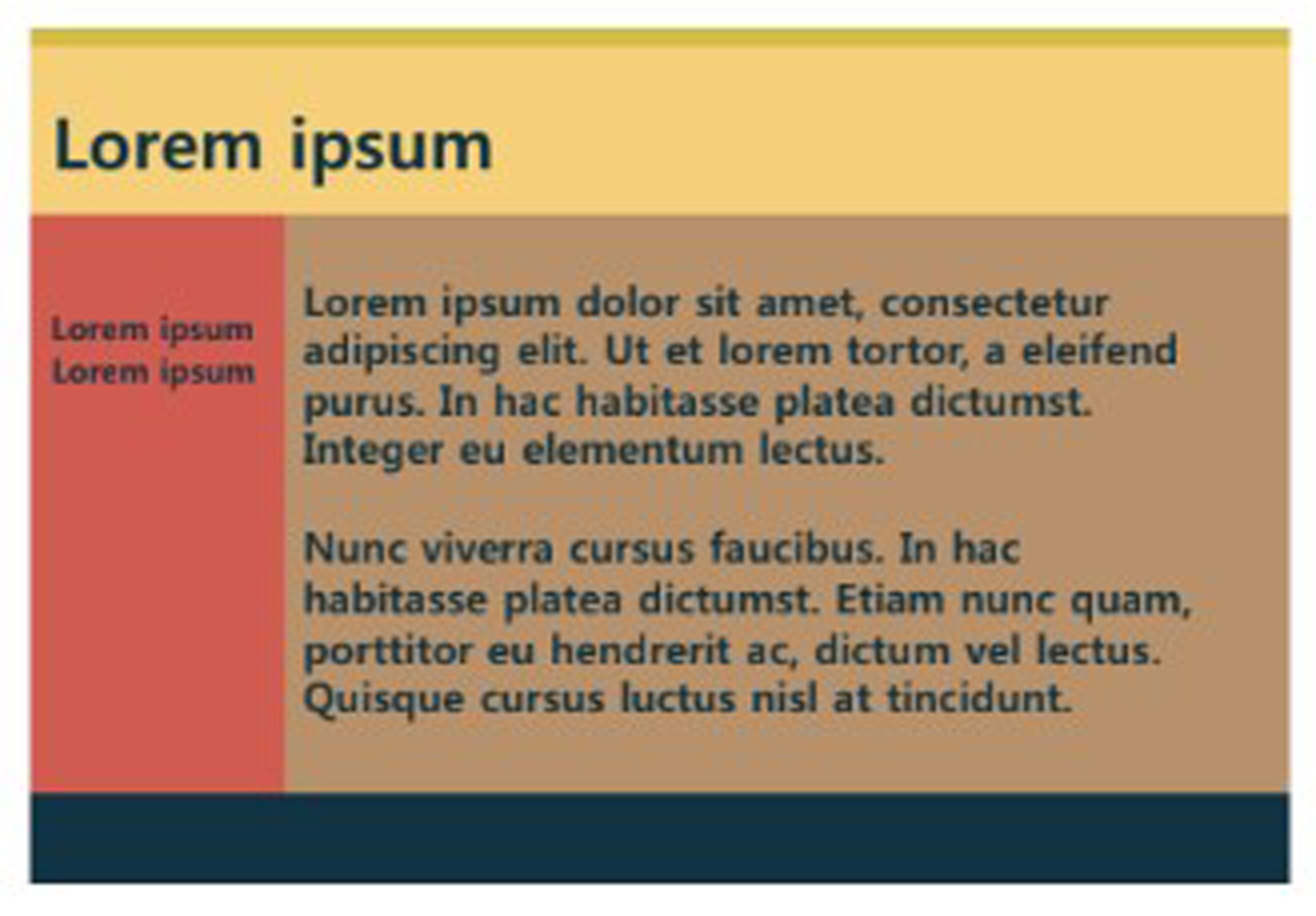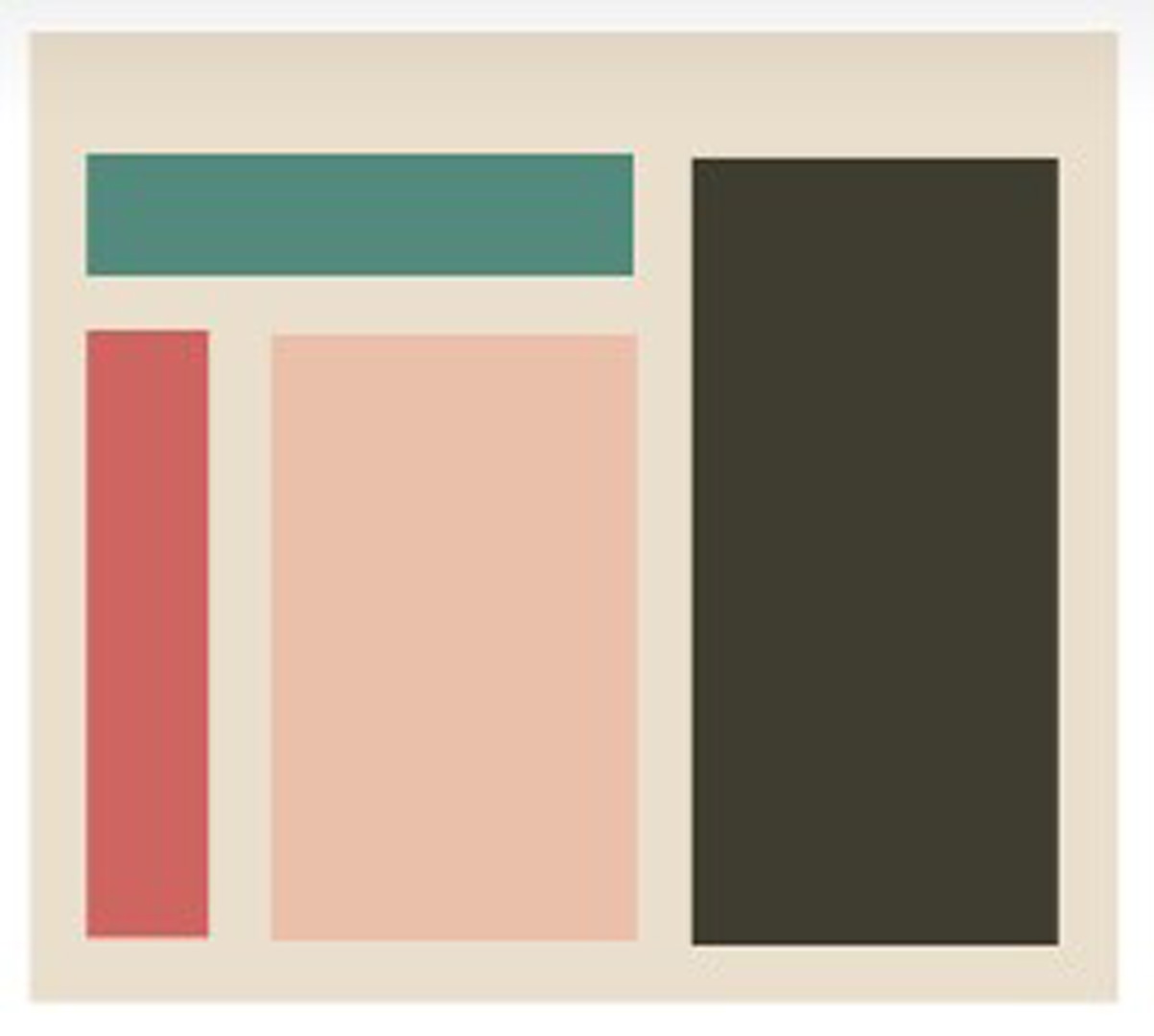“Color Assignment via Region Area and Color Harmony” by Kim, Yoo and Lee
Conference:
Type(s):
Entry Number: 28
Title:
- Color Assignment via Region Area and Color Harmony
Presenter(s)/Author(s):
Abstract:
Unlike an expert, an ordinary user may find it difficult to assign colors to regions when considering harmony and purpose. Various conditions should be considered, such as the size of the arranged region, the relationship between the arranged colors, and the purpose of the color uses. In this study, with these conditions in mind, we suggest a novel method for assigning a color each region. Recently, a large number of psychologists have proposed a new framework for color harmony as an alternative to the traditional color harmony theory. In these studies, experiments were carried out to examine the degree of preference or harmony between colors by a large number of subjects [Ou and Luo 2006] [Szab et al. 2010]. According to Munsell [Munsell 1921], color combinations are balanced or harmonious when stronger colors occupy less space than weaker colors. Balance is achieved when area X value (brightness) X chroma (saturation) is equivalent in two regions. We suggest a new color assignment method based on the theory of Ou and Munsell.
References:
1. Munsell, A. 1921. A Grammar of Color.
2. Ou, L.-C., and Luo, M. R. 2006. A colour harmony model for two-colour combinations. Color Research and Application 31, 3, 191–204.
3. Szab, F., Bodrogi, P., and Schanda, J. 2010. Experimental modeling of colour harmony. Color Research and Application 35, 1 (Feb.), 34–39.
Additional Images:

Acknowledgements:
This work was supported by the National Research Foundation of Korea(NRF) grant funded by the Korea government(MEST) (No. 2012-0008768).






